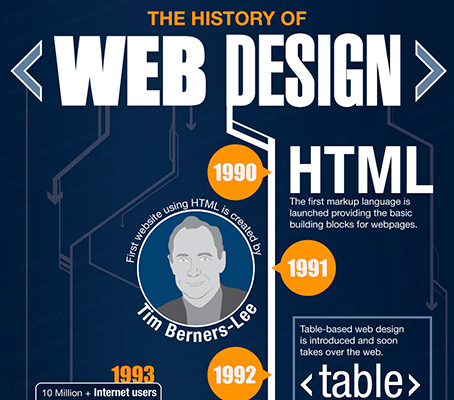Critical Internet Site Layout Insights: Recommendations For Constructing An Instinctive Interface
Critical Internet Site Layout Insights: Recommendations For Constructing An Instinctive Interface
Blog Article
Web Content By-Crews Neville
When it comes to website style, making sure user-friendliness is key. From responsive layout to structured navigation, every aspect plays a critical duty in creating a site that caters to your target market's demands. However what regarding Blog that can make or break an individual's browsing experience? Remain tuned as Suggested Web site reveal some often-overlooked tips that can boost your site's usability to the following level, making it truly stand apart in the electronic landscape.
Relevance of Responsive Layout
Responsive design is an important facet of modern website advancement. Guaranteeing your site is receptive ways that it can adjust to various screen dimensions and tools, providing a smooth experience for individuals.
With the increasing use smart devices and tablet computers to access the web, having a receptive design is crucial for reaching a broader target market. It aids in improving customer experience by making your website very easy to navigate and keep reading any kind of gadget.
In addition, receptive layout can favorably impact your search engine positions, as online search engine like Google prioritize mobile-friendly sites. By having a receptive layout, you're also future-proofing your web site, as new devices with differing display dimensions continue to arise.
Simplify Navigating Structure
To improve individual experience and assist in easy access to information on your web site, enhancing the navigating framework is extremely important. When creating your site, focus on producing a clear and intuitive navigation food selection that helps site visitors discover what they're looking for swiftly.
Limit the variety of food selection items to the fundamentals, grouping related web pages with each other to avoid frustrating users. Usage detailed labels that clearly show the content of each web page, making it simpler for customers to comprehend where each link will certainly take them.
Consider implementing dropdown menus for subcategories to stop jumbling the primary navigation bar. Furthermore, consist of a search bar plainly on the page for individuals who favor looking for specific information.
Focus on mobile responsiveness in your navigation style to make certain simple access on all gadgets.
Maximize Web Page Tons Rate
Improving page load speed is vital for preserving site visitors on your site. Slow-loading pages frustrate customers and can lead to high bounce rates. To maximize web page load rate, start by maximizing images. Compress photos without compromising quality to minimize their file sizes.
Additionally, allow browser caching to save regularly accessed resources locally, speeding up load times for returning site visitors. Minify CSS, JavaScript, and HTML files by getting rid of unneeded characters, remarks, and formatting, boosting tons rate.
Consider making use of a material shipment network (CDN) to disperse your site's material across several servers worldwide, reducing latency for individuals accessing your site from different areas. Lastly, restrict the use of third-party scripts and plugins, as they can substantially impact load times.
Conclusion
In conclusion, by integrating responsive layout, simplifying navigation, and enhancing web page tons rate, you can create a straightforward site that attract a broader audience and improves user experience. These essential elements ensure that visitors can easily accessibility and browse your website across various gadgets, leading to raised interaction and contentment. By concentrating on these key elements, you can construct a successful web site that maintains users coming back for even more.
